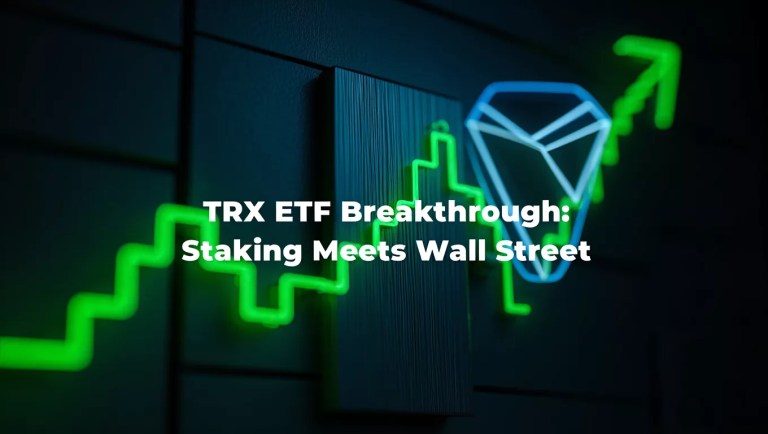
Understanding Ethereum’s Role in the Crypto Ecosystem
In this post, we’ll take a deeper look at Ethereum’s role in the crypto ecosystem and why it’s so much more than just a cryptocurrency..
Ethereum is one of the most well-known and influential cryptocurrencies, often second only to Bitcoin in terms of market capitalization. While Bitcoin is celebrated for being a store of value and a digital alternative to traditional money, Ethereum offers much more. It has become the foundation for decentralized applications (dApps), smart contracts, and various innovations within the crypto space.
Ethereum is not just a cryptocurrency; it’s the foundation of the decentralised future.” – Vitalik Buterin, Co-founder of Ethereum.
What is Ethereum? and Ethereum’s Role?
Ethereum, launched in 2015 by Vitalik Buterin and other co-founders, is an open-source blockchain platform that enables developers to build decentralized applications (dApps) and execute smart contracts. Unlike Bitcoin, which is primarily a peer-to-peer payment system, Ethereum serves as a decentralized computing platform that powers a wide range of applications, from decentralized finance (DeFi) protocols to non-fungible tokens (NFTs) and beyond.
At the core of Ethereum is its blockchain—a distributed ledger that securely records transactions and smart contract executions. The cryptocurrency used to pay for transactions and computational services on the Ethereum network is called Ether (ETH).


Ethereum’s Key Contributions to the Crypto Ecosystem
Smart Contracts: Ethereum revolutionized blockchain technology with the introduction of smart contracts. A smart contract is a self-executing contract where the terms of the agreement are written directly into lines of code. These contracts automatically execute actions when predefined conditions are met, reducing the need for intermediaries. This innovation has enabled the creation of DeFi platforms, automated services, and decentralized organizations (DAOs).
Decentralized Applications (dApps): Ethereum’s ability to support smart contracts has given rise to dApps, or decentralized applications. These are apps that run on the Ethereum blockchain rather than centralized servers. Whether it’s a decentralized exchange (DEX) like Uniswap, a lending platform like Aave, or a social network like Steemit, Ethereum is the foundation that powers them. dApps have expanded Ethereum’s reach far beyond just a cryptocurrency.
DeFi and NFTs: Ethereum is at the heart of the DeFi (Decentralized Finance) movement, which aims to create a decentralized financial system that doesn’t rely on banks or traditional financial institutions. Through Ethereum-based protocols, users can lend, borrow, trade, and earn interest on digital assets. Furthermore, Ethereum’s blockchain is the primary platform for NFTs (Non-Fungible Tokens), which are unique digital assets representing ownership or proof of authenticity of items such as art, music, and even real estate.
Ethereum 2.0 and Proof-of-Stake: Ethereum is in the midst of a major upgrade to Ethereum 2.0. This upgrade aims to transition the Ethereum network from a Proof-of-Work (PoW) consensus mechanism to a more energy-efficient Proof-of-Stake (PoS) system. Ethereum 2.0 promises to improve scalability, security, and sustainability, while reducing the environmental impact associated with PoW. The upgrade also includes sharding, a technology that will allow the Ethereum blockchain to handle more transactions and improve efficiency.
Ethereum as the Foundation for Innovation: Ethereum’s programmability has made it the ideal platform for blockchain innovation. The Ethereum network enables developers to create new tokens, financial instruments, and entire decentralised ecosystems. For example, ERC-20 tokens (Ethereum’s standard for creating tokens) have become the most widely used tokens in the crypto space. Ethereum’s versatility allows anyone with the technical know-how to innovate and contribute to the ecosystem.
Challenges and Criticisms of Ethereum
While Ethereum’s role in the crypto ecosystem is transformative, it faces its share of challenges:
Competitors: While Ethereum remains the leader in smart contracts and dApps, other blockchains such as Solana and Binance Smart Chain are also vying for dominance in the smart contract space. These blockchains often tout faster transaction speeds and lower fees, making them attractive alternatives for developers.
Scalability Issues: As Ethereum and Ethereum’s role grows in popularity, the network has sometimes struggled with high transaction fees and slower processing times, especially during times of network congestion. Ethereum 2.0 is expected to alleviate some of these issues with the introduction of sharding and other scalability solutions.
Energy Consumption: Ethereum’s current PoW consensus mechanism requires significant energy for mining. This has raised environmental concerns, though the shift to PoS in Ethereum 2.0 is designed to drastically reduce energy consumption.
Conclusion: Ethereum’s Lasting Impact
Ethereum has solidified its position as one of the most significant players in the crypto ecosystem. Its ability to facilitate smart contracts, decentralized applications, and innovations like DeFi and NFTs has reshaped industries and paved the way for future blockchain developments.
While challenges remain, Ethereum’s ongoing transition to Ethereum 2.0 holds the promise of greater scalability and sustainability, ensuring its role as a cornerstone in the decentralized world for years to come.
Whether you’re an investor, developer, or crypto enthusiast, understanding Ethereum’s role in the ecosystem is essential for navigating the ever-evolving world of cryptocurrencies.
Youtube Channel









